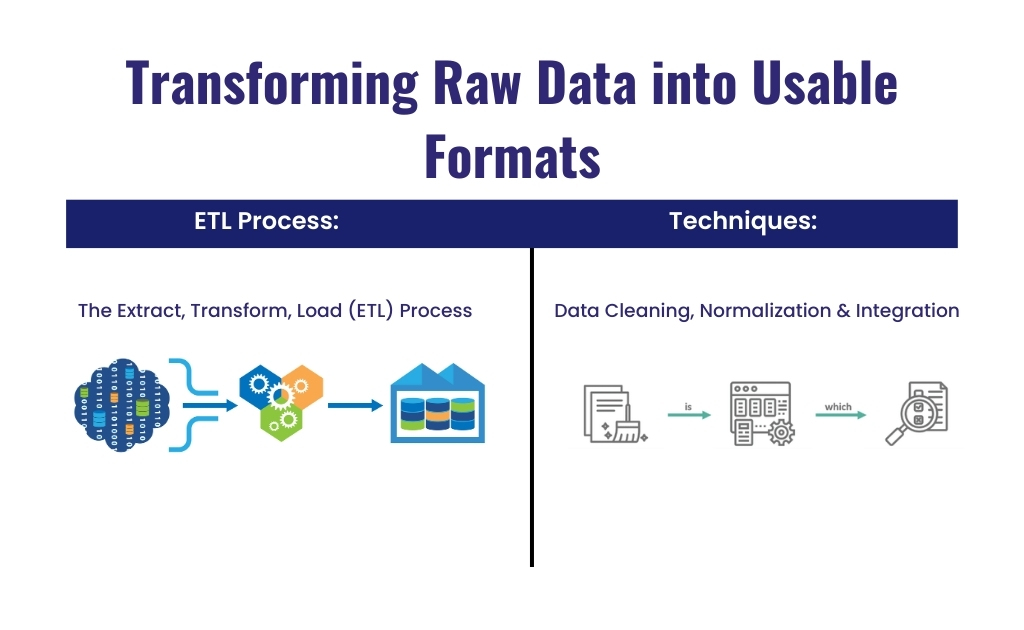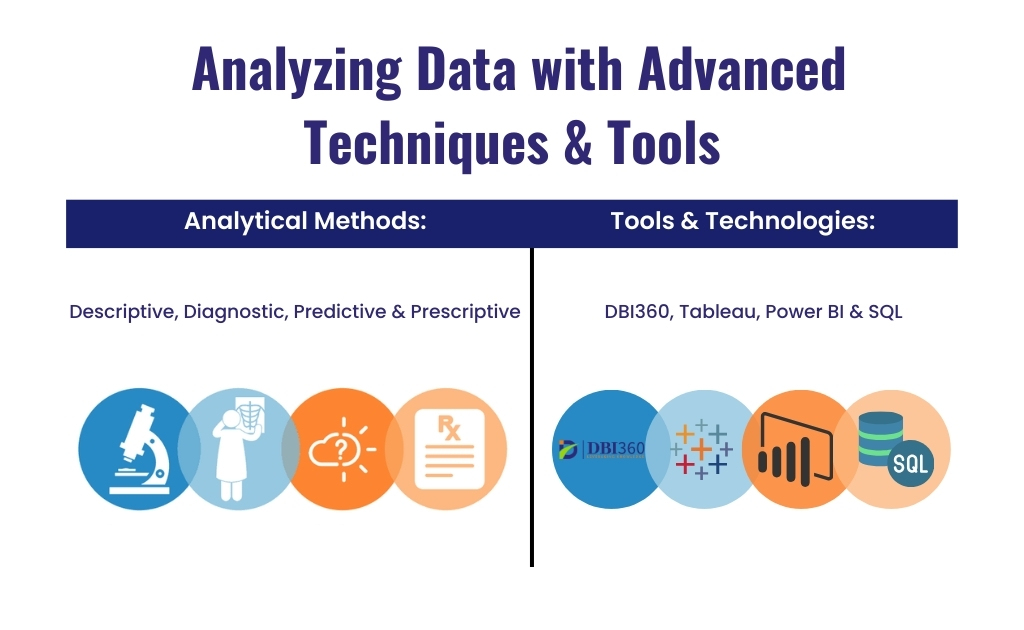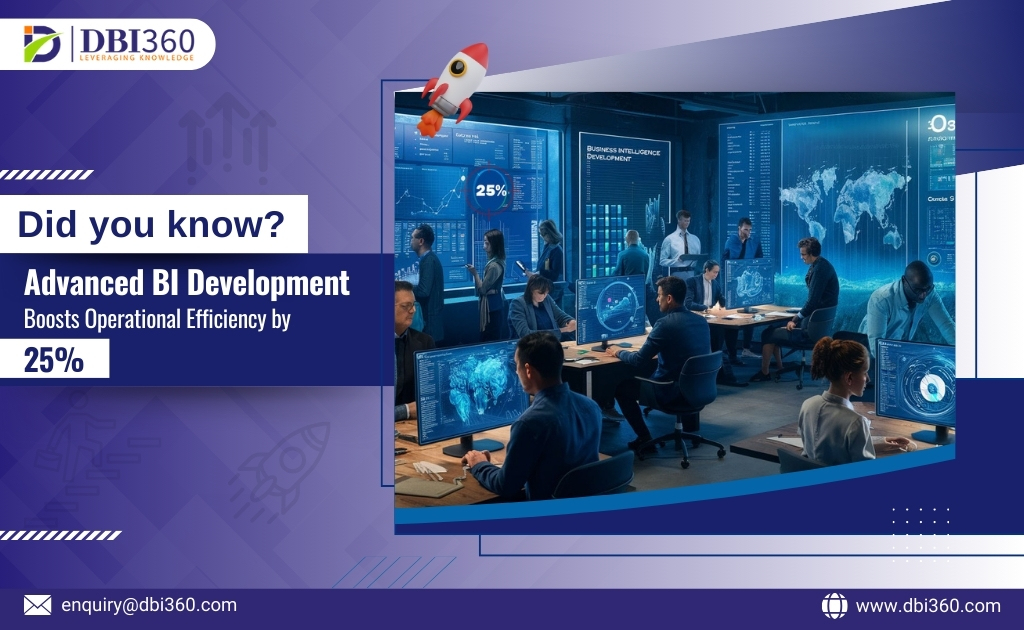Imagine the convergence of art and science, where each data point serves as a brushstroke in a grand painting. Business intelligence development is a harmonious blend, where the precision of science meets the creativity of art. Just as an artist and scientist collaborate to create a masterpiece, business intelligence (BI) development harmonizes data to produce insightful, strategic masterpieces. This blog explores the intricate process of BI development, from the raw canvas of data to the finished work of actionable insights, through the lenses of both art and science.
1. The Canvas of Raw Data: Understanding the Basics
In the context of business intelligence, raw data is the unprocessed, unrefined source of all insights. It is the blank canvas upon which the BI masterpiece will be created. Just as an artist needs a canvas, BI projects need raw data as their starting point. Without it, there would be no material to analyze or interpret. Think of raw data as a collection of pigments. Individually, they may not convey much, but together, they hold the potential to create something extraordinary.
2. The Brushstrokes of Data Collection: Elements & Techniques
Data collection methods are akin to gathering various brushes and tools for painting. These methods include surveys, IoT devices, and databases. Just as an artist selects the best brushes for each stroke, BI developers follow best practices to ensure data accuracy and relevance. Popular tools like Google Forms, SurveyMonkey, and IoT platforms are the artist’s brushes, facilitating precise and effective data collection.
3. The Palette of Data Transformation: Raw Data into Usable Formats
- ETL Process: The Extract, Transform, Load (ETL) process is similar to mixing colors on a palette. Data is extracted from various sources, transformed through cleaning and normalization, and loaded into a system for analysis.
- Techniques: Data cleaning, normalization, and integration are techniques that ensure consistency and usability, much like an artist blends colors to achieve the desired hue.
For example, a retail company might transform sales data from multiple stores, integrating it to understand overall performance, just as an artist blends colors to complete a painting.

4. The Composition of Data Analysis: Analytical Techniques and Tools
- Analytical Methods: Different data analysis methods—descriptive, diagnostic, predictive, and prescriptive—are the techniques that bring the painting to life.
- Tools and Technologies: BI tools like Tableau, Power BI, and SQL are the scientific instruments that help analysts craft these analytical masterpieces.
- Visualization: Data visualization is the final touch that turns analysis into a comprehensible and compelling story, much like the finishing touches of a painting.

5. The Harmony of Data Integration for Comprehensive Insights
Addressing the challenge of data silos is like ensuring all elements of a painting work together harmoniously. Effective data integration methods (APIs, data warehouses) are the blending techniques that create a unified picture. A unified data approach enhances decision-making and provides a holistic view, much like a well-composed painting that reveals a complete story.
6. The Symphony of Actionable Insights: The Final Performance from Data
BI insights drive strategic decisions, similar to how an artist’s vision guides each brushstroke. Companies like Amazon and Netflix use BI to refine strategies and enhance customer experiences, akin to creating a masterpiece that captivates its audience. Emerging trends in BI, such as AI and machine learning, promise even greater advancements, much like innovative techniques in art and science.
Conclusion
Business intelligence development is a meticulous process that blends the precision of science with the creativity of art. From raw data to actionable insights, each step is crucial in crafting a strategic masterpiece.
Embrace BI tools and start your data-driven journey today.
The future of business intelligence is a harmonious blend of art and science, poised to revolutionize how we understand and leverage data.

